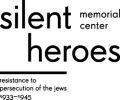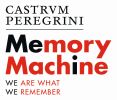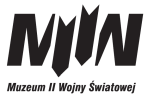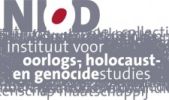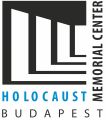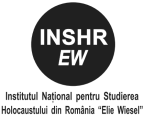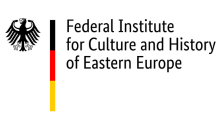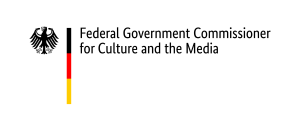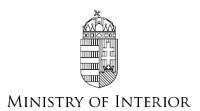The exhibition will be on display at the Palais de l’Europe in Strasbourg.
The Jewish genocide in war-torn Europe claimed millions of lives. Some of the survivors encountered people who helped them. For both those rendering help and those seeking to survive that was a risky undertaking that could cost one's own life. The aid assumed many forms depending on wartime conditions in a given region of Europe, awareness of the tragic fate of Jews as well as other individual factors.
The exhibition presents stories of rescue in thirteen European countries: Croatia, Denmark, France, Germany, Hungary, Italy, Lithuania, the Netherlands, Poland, Romania, Slovakia, Ukraine and Estonia. We seek to give a voice to both rescuers and survivors - to let them speak about what they lived through. We draw attention to their endeavours, courage and will to live. Their fates are shown against a broader historical background, indicating the particular circumstances they had to face. A special panel dedicated to diplomats who used their posts to help those endangered by the Holocaust is also featured.
This initiative is a collaborative project between ENRS, the POLIN Museum of the History of Polish Jews, and the Silent Heroes Memorial Center. It was first presented at the European Commission headquarters in Brussels in January 2018 to commemorate International Holocaust Remembrance Day. Since then, it has traveled to over 20 European cities and Japan.
Check out the exhibitions catalogue in English






















